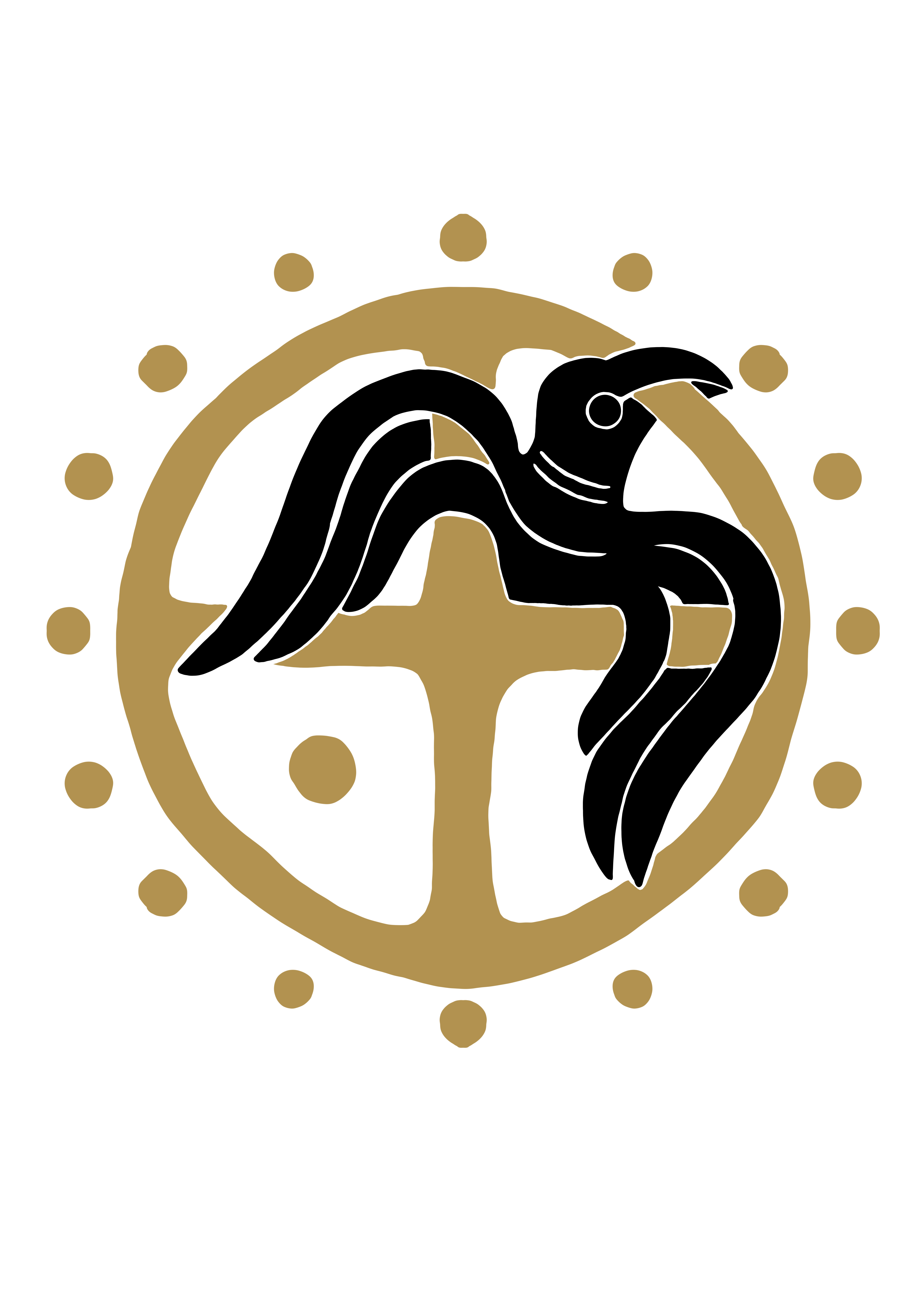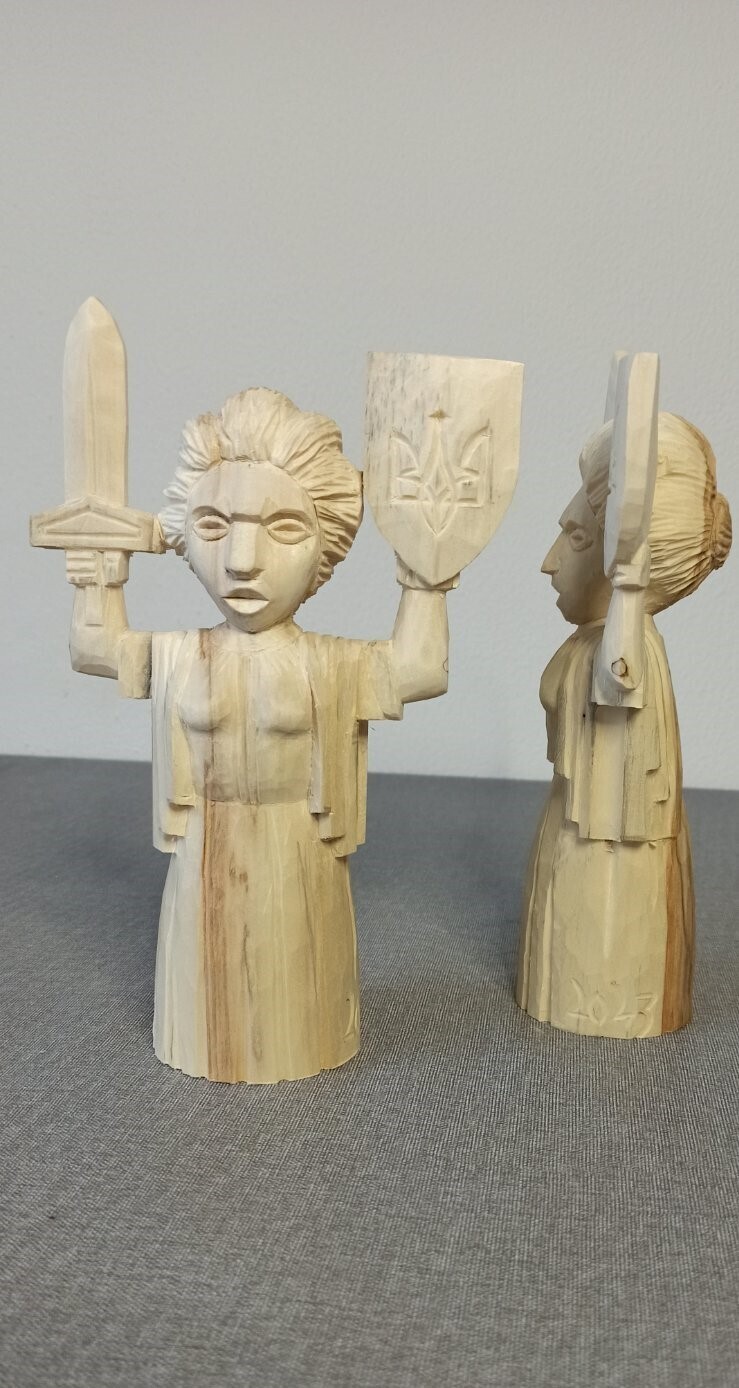Kyivan BABA, Patriotic wood carving (handmade in Ukraine)
Kyivan BABA, Patriotic wood carving (handmade in Ukraine)
Unique wood figurine, H. 21 cm
Carved from Basswood by famous Ukrainian artisan Sergiy Haruk.
Yes its Motherland Monument but people who live in Kyiv call her BABA (Grandma) and she coming with new look soon...
|
Батьківщина-Мати
|
|
 |
|

|
|
| Coordinates |  50.426521°N 30.563187°ECoordinates: 50.426521°N 30.563187°ECoordinates:  50.426521°N 30.563187°E 50.426521°N 30.563187°E |
|---|---|
| Location | Pechersk, Kyiv, Ukraine |
| Designer | Yevgeny Vuchetich, Vasyl Borodai |
| Material | steel |
| Height | 102 m (335 ft) |
| Opening date | 9 May 1981 |
| Dedicated to | Motherland |
| Website | Official webpage |
The Motherland Monument (Ukrainian: Батьківщина-Мати, romanized: Batkivshchýna-Máty) is a monumental statue in Kyiv, the capital of Ukraine. The sculpture is a part of the National Museum of the History of Ukraine in the Second World War.[1]
Description[edit]
The stainless steel statue stands 62 m (203 ft) tall upon the museum main building with the overall structure measuring 102 m (335 ft) including its base and weighing 560 tonnes. The sword in the statue's right hand is 16 m (52 ft) long weighing 9 tonnes, with the left hand holding up a 13 by 8 m (43 by 26 ft) shield emblazoned with the hammer and sickle emblem of the Soviet Union. Initially, the statue was drawn by the sculptor Yevgeny Vuchetich.[2] Vuchetich based the statue on the Ukrainian painter Nina Danyleiko.[3] [4] When Vuchetich died in 1974, the project was continued by Vasyl Borodai, who used Ukrainian sculptor Halyna Kalchenko, a daughter of the prime minister of Ukraine Nikifor Kalchenko, as the model.[2]
The memorial hall of the museum displays marble plaques with carved names of more than 11,600 soldiers and over 200 workers of the home-front honored during the war with the title of the Hero of the Soviet Union and the Hero of Socialist Labour. On the hill beneath the museum, traditional flower shows are held. The sword of the statue was cut[when?] because the tip of the sword was higher than the cross of the Kyiv Pechersk Lavra.[5]

